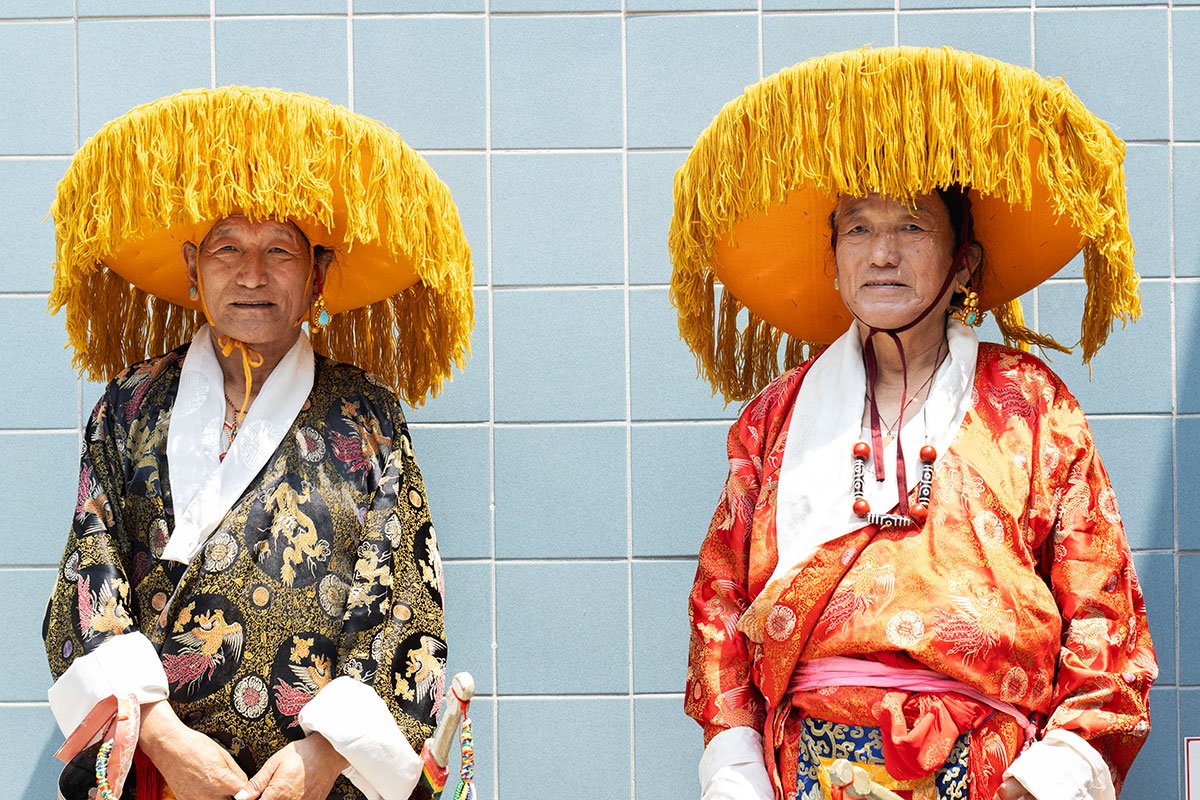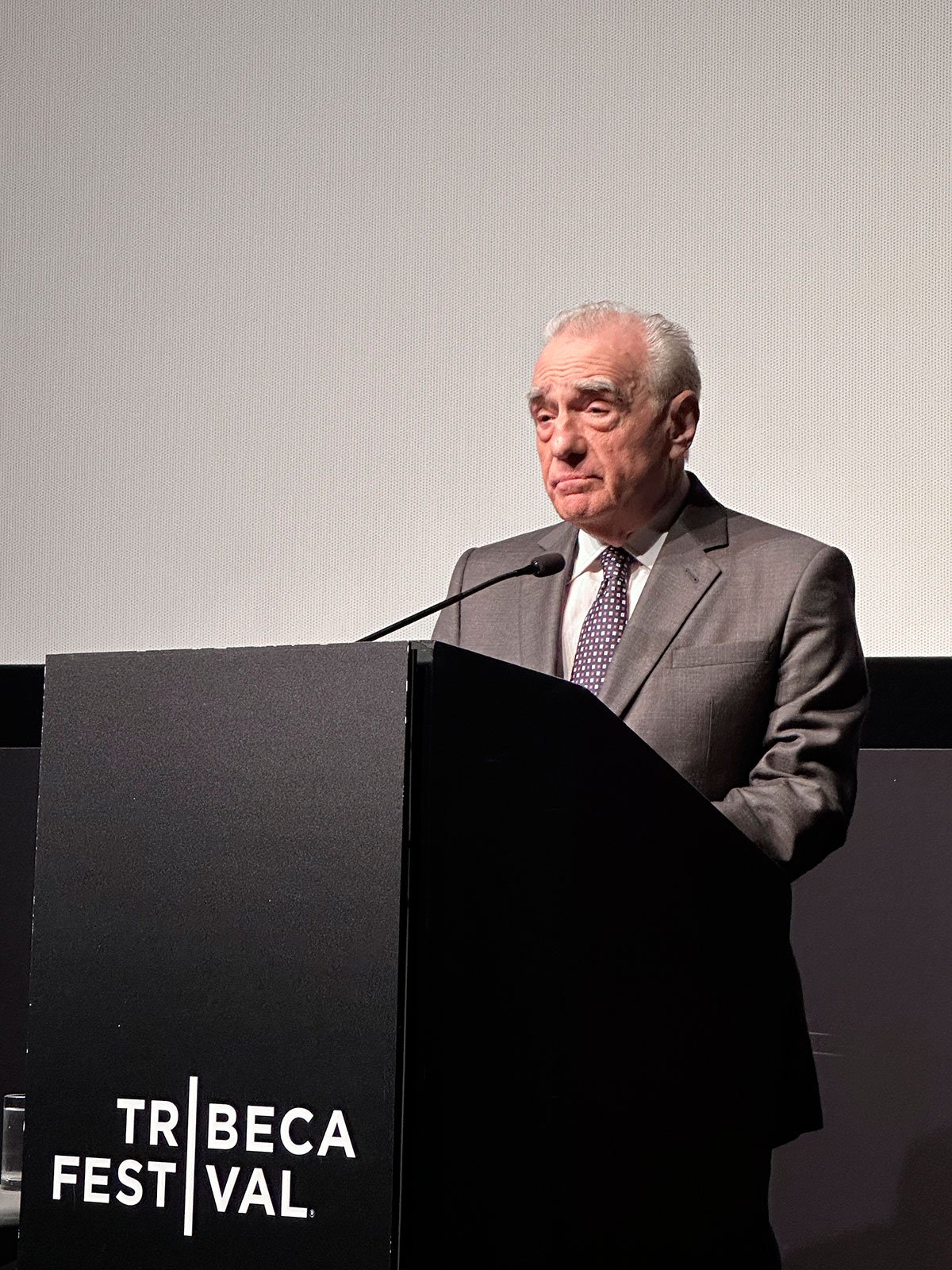Scorsese’s Banned Film Kundun Screens at Tribeca Festival
Jane Rosenthal and Martin Scorsese, photography by Orchid Clay @theorchidclay
In honor of the Dalai Lama’s 90th birthday, the Tribeca Film Festival held a special screening of Kundun (1997), directed by Martin Scorsese and beautifully shot by legendary cinematographer Roger Deakins. Festival co-founder Jane Rosenthal opened the event with remarks on the film’s historical and artistic significance, followed by Scorsese himself, who took the stage to reflect on the film's creation and the challenges involved in bringing it to life.
Kundun is a biographical drama that chronicles the early life of the 14th Dalai Lama, his spiritual awakening, and his leadership during the Chinese invasion of Tibet. Upon its release, the film was immediately banned by the Chinese government due to its sympathetic portrayal of the Dalai Lama and its critical depiction of China's policies in Tibet.
SVA Theater, New York City
China’s Disapproval and Hollywood Backlash
The Chinese government strongly opposed Kundun. In response, China banned Martin Scorsese, screenwriter Melissa Mathison, and other cast members from entering the country for years. Intense pressure was also put on Disney, the film’s distributor, to limit the film's marketing and international release. As a result, Kundun remains difficult to find on mainstream streaming platforms today.
Tibetan performer at Kundun Screen presentation. Photography by Orchid Clay @theorchidclay
Despite grossing only $5 million at the box office, Kundun is widely regarded as one of Scorsese’s most visually and emotionally powerful films. In a widely publicized effort to mend relations with China, then-Disney CEO Michael Eisner met with Chinese Premier Zhu Rongji to apologize for the film. As a conciliatory gesture, Disney later supported the development of a theme park in China.
Behind the Scenes of a Cinematic Journey
Kundun tells the story of a young Tibetan boy recognized as the 14th reincarnation of the Dalai Lama. The screenplay, written by Melissa Mathison (best known for E.T.), was brought to life under Scorsese’s careful and contemplative direction. His vision, combined with Deakins’ striking cinematography, created a meditative exploration of faith, identity, and exile.
Tibetan performes at Tribeca Film Festival. Photography by Orchid Clay @theorchidclay
Due to political sensitivities and filming restrictions, outdoor scenes were shot in Morocco, while interior scenes were filmed in a Buddhist monastery near Woodstock, New York. The film was edited by Scorsese’s longtime collaborator Thelma Schoonmaker. Notably, Kundun features only four professional actors; the rest of the cast consists of nonprofessional Tibetan performers, adding a sense of authenticity and intimacy to the film.
A Boy Named Kundun
At its heart, Kundun is a coming-of-age story centered on spiritual duty and the burden of leadership. It captures the Dalai Lama’s journey from childhood to becoming the spiritual and political leader of Tibet, navigating the immense challenges of leading a nation during an era of conflict. The film poignantly portrays his struggle to maintain peace and compassion amidst the violence and upheaval of the Chinese invasion.
Tibetan Performers. Photography by Orchid Clay @theorchidclay
In 1959, following increasing tensions and threats to his safety, the Dalai Lama fled to India, where he continues to live in exile.
A Personal Tragedy
The making of Kundun was also marked by personal grief for Scorsese. During production, his beloved mother, Catherine Scorsese, passed away. Known for her endearing roles in several of her son’s films—including Who’s That Knocking at My Door, Mean Streets, Goodfellas, and Italianamerican—her death deeply affected him. Her loss cast a shadow over what was otherwise a deeply spiritual and meaningful project for the director.






















